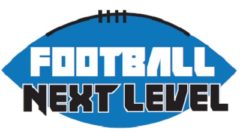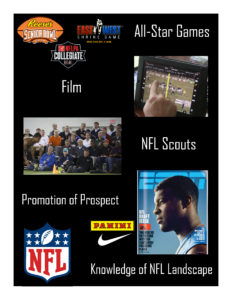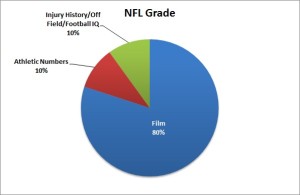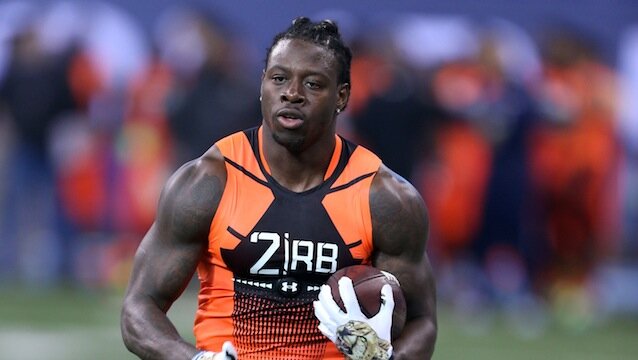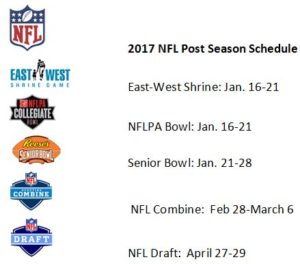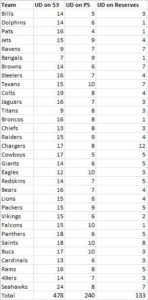
By Justin VanFulpen
As we push towards the start of the all-star game season (Senior Bowl, East – West Shrine Game, etc) as an NFL Draft prospects you will start to get interview by what are called “College Scouts” from NFL teams. These guys’ jobs are to gather information both football and personal related, evaluate your play and write up scouting reports that can be reviewed by their team’s coaches and front office.
“Pro Scouts” on the other hand evaluate current players in the NFL, as well as players in the CFL, AFL and other leagues. Before pre-season rosters get cut down to a team’s 53 man roster these scouts are evaluating each player on the other 31 roster so if that player get released they have a “pro scouting report” on that player.
Each NFL teams has much more College Scouts then Pro Scouts on their staff. In the past when a player get released I have heard them saying well this scouts from a certain team really like me before the draft. After the draft is over college scouts have little to no impact on what an NFL teams does in training camp or in the season, because once the draft is over their cycle looking at next year’s draft prospects starts.
As a prospect you need to know that when/if you gets released that your agent (you if you are representing yourself) need to contact the teams Pro Scout to get a work out or get signed.
